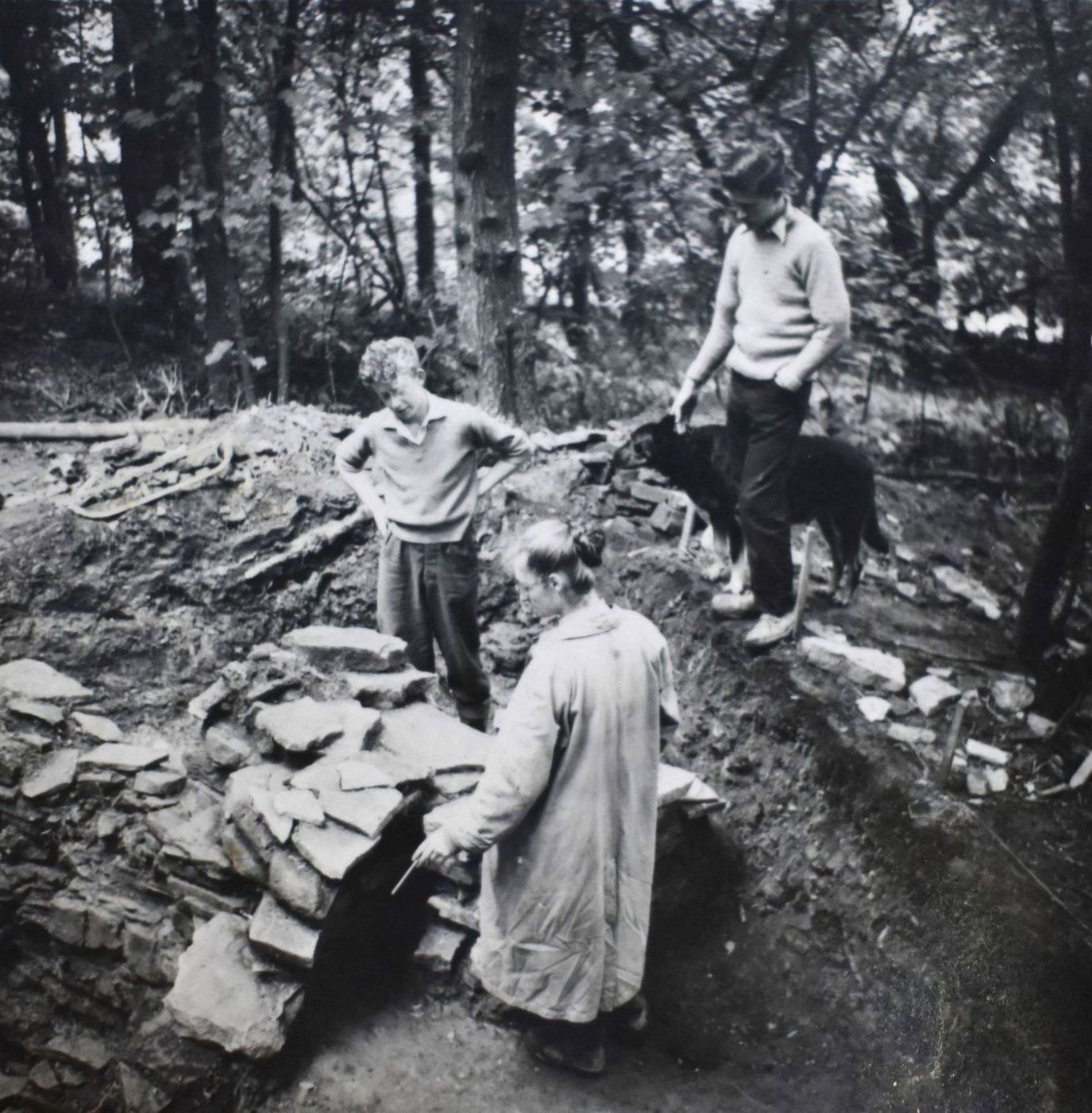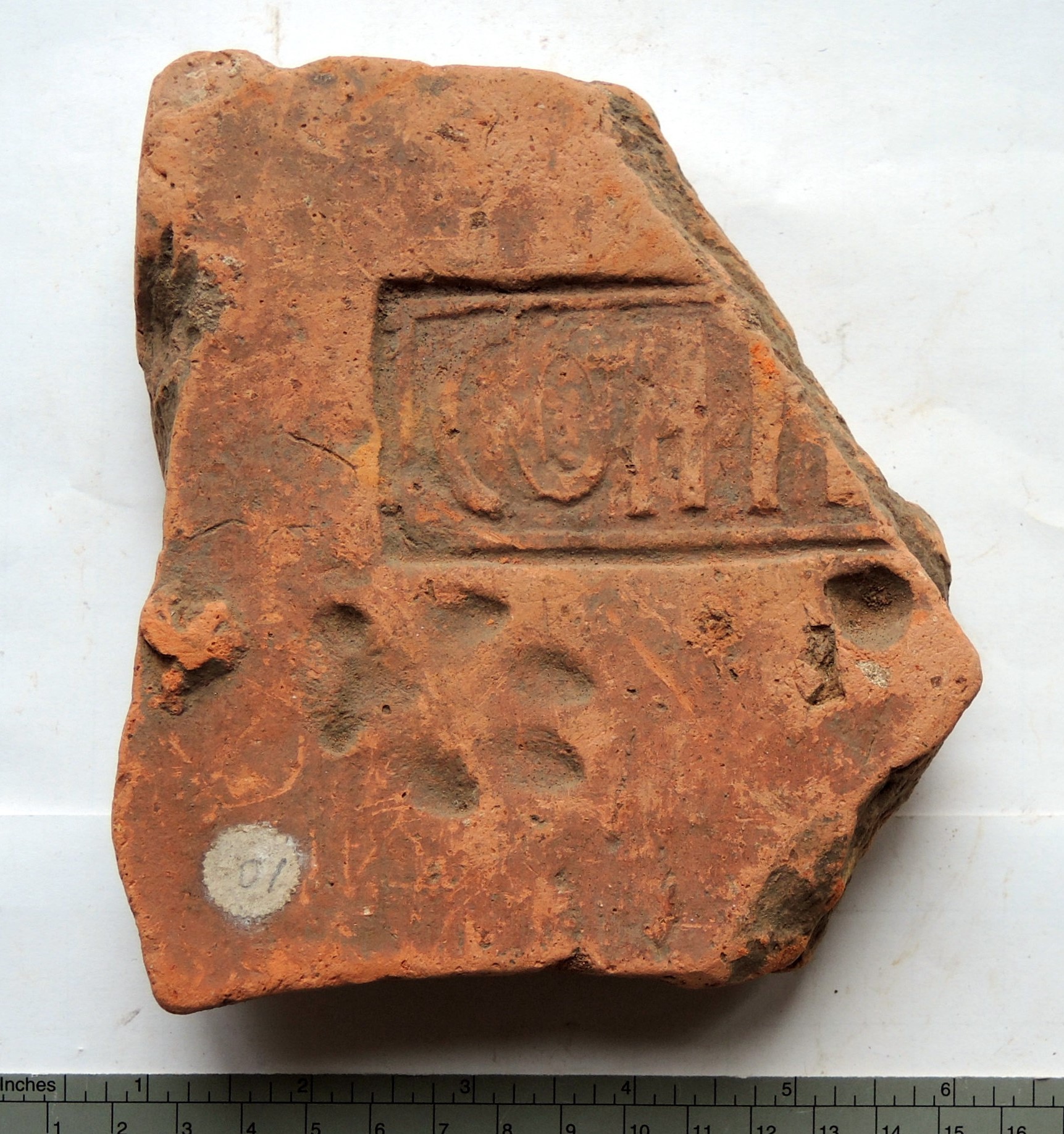Grimescar Woods, located in Fixby, Huddersfield, is home to the remains of a Roman tilery, a site where the Romans produced tiles and pottery nearly 2,000 years ago. This industrial site played a significant role in supporting nearby Roman structures, such as the fort at Slack.
In the 1950s and 1960s, archaeologists uncovered evidence of this tilery within Grimescar Woods. They found a rectangular kiln, measuring approximately 3 by 4 metres, dug into the bedrock to a depth of about 1.25 metres. The kiln featured a combustion chamber with a vaulted ceiling made of sandstone, and above it was the firing chamber where tiles and pottery were baked. The stoke pit, used for feeding fuel into the kiln, was lined with sandstone blocks and tiles.
The tilery produced various items, including roof tiles (tegulae), flue tiles, floor tiles, and voussoir tiles used in arches. Some of these tiles were stamped with "COH IIII BRE," indicating they were made by the Fourth Cohort of the Breuci, a Roman military unit stationed at Slack fort.
Inscriptions are some of the main types of written evidence we have from the Roman period. They are usually written in capital letters. The Romans used abbreviations – shortened forms of words that people would recognise – to save money and time.
The evidence at Grimescar shows us how the Romans influenced the local landscape and used technology which had a lasting impact on regions in the area.

